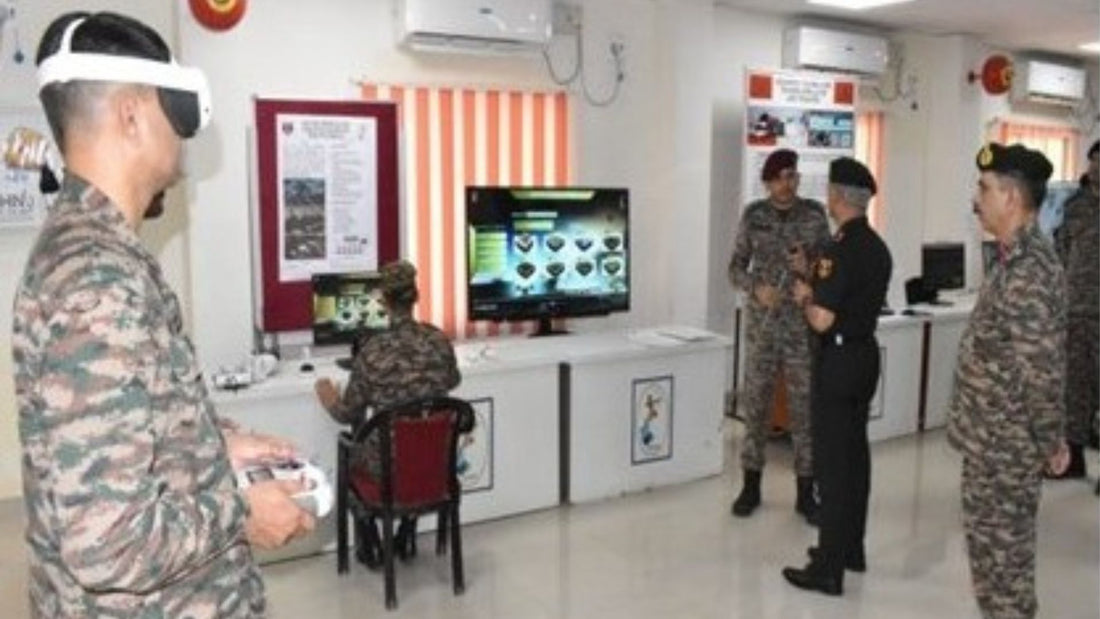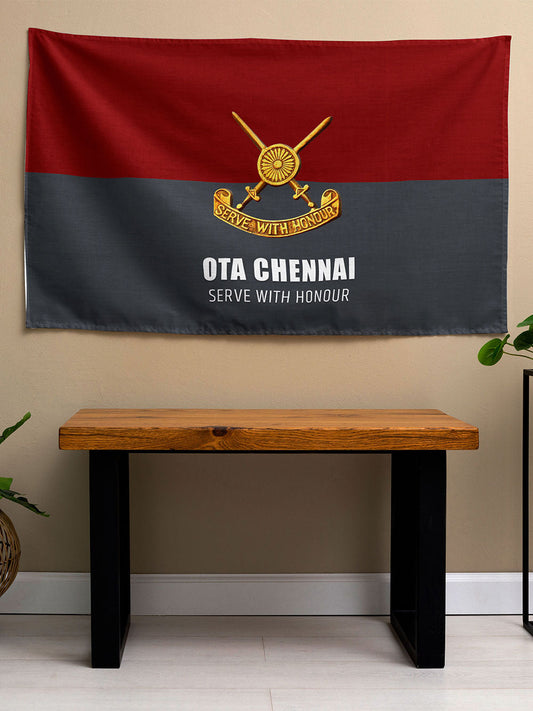Indian Army Advances Training Modernization with Indigenous AR/VR Technology

The Indian Army has embarked on a significant modernization effort in its training programs through the deployment of homegrown Augmented Reality (AR) and Virtual Reality (VR) simulators. Developed by the Simulator Development Division (SDD) under the guidance of the Army Training Command (ARTRAC), these systems are part of a strategic five-year modernization plan spearheaded by the Chief of Army Staff.
This modernization aligns with the Atmanirbhar Bharat mission, which emphasizes self-reliance. The AR/VR simulators provide soldiers with immersive virtual environments to practice combat scenarios and make tactical decisions without the risks associated with real-world exercises.
Research featured in the Journal of Defense Modeling and Simulation indicates that VR-based training can improve soldier performance by 20 to 30 percent, making it particularly beneficial for operations in challenging terrains and high-risk areas.
Unlike many Western militaries that depend on foreign technologies, such as the U.S. Army’s $21.9 billion agreement with Microsoft for the Integrated Visual Augmentation System (IVAS), India is developing its own solutions. By collaborating with local tech startups and incorporating artificial intelligence, the Indian Army is creating systems designed to meet its specific operational needs, especially in border regions.
This initiative is part of a broader strategy to allocate $130 billion for defense modernization by the end of 2025, with the goal of increasing domestic defense production to $25 billion. As the Indian Army adopts these AR/VR training systems on a larger scale, they are expected to redefine soldier readiness while supporting India's aim of achieving technological independence in defense.



















